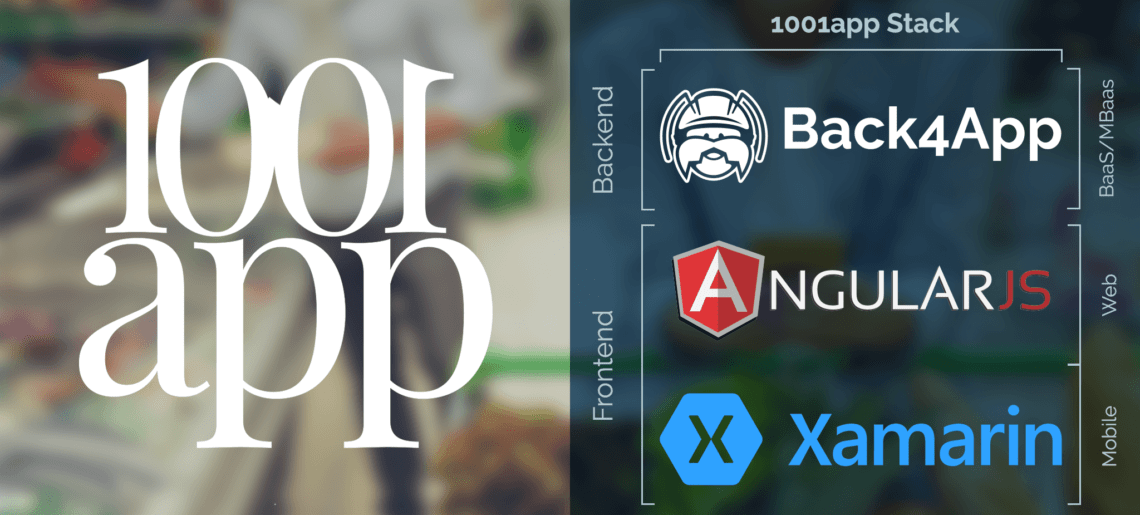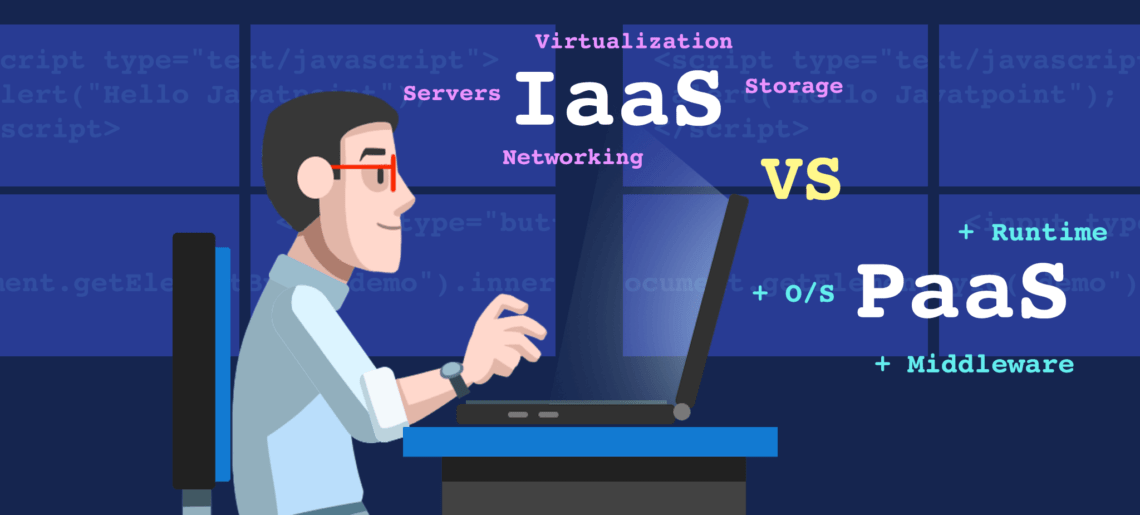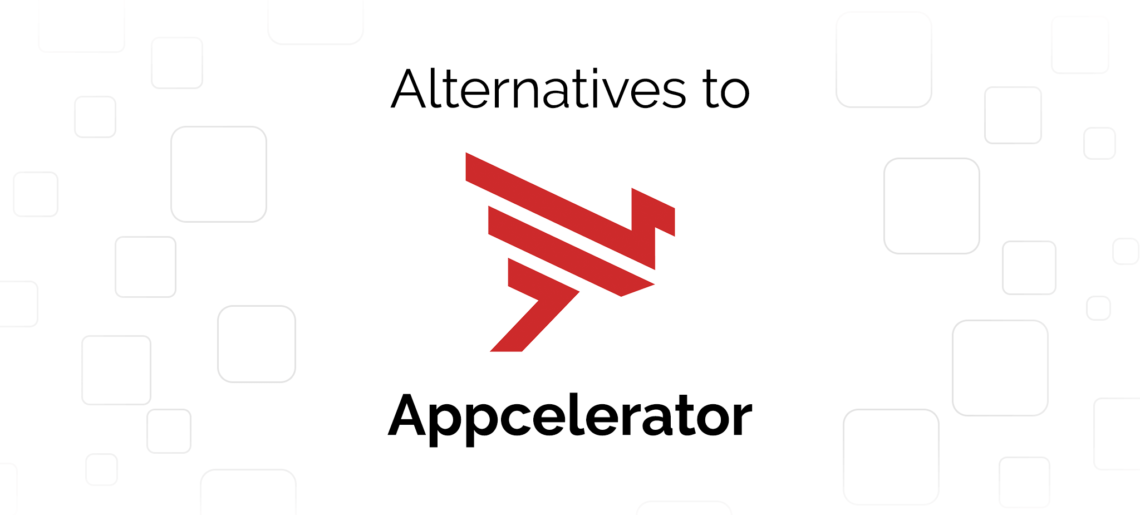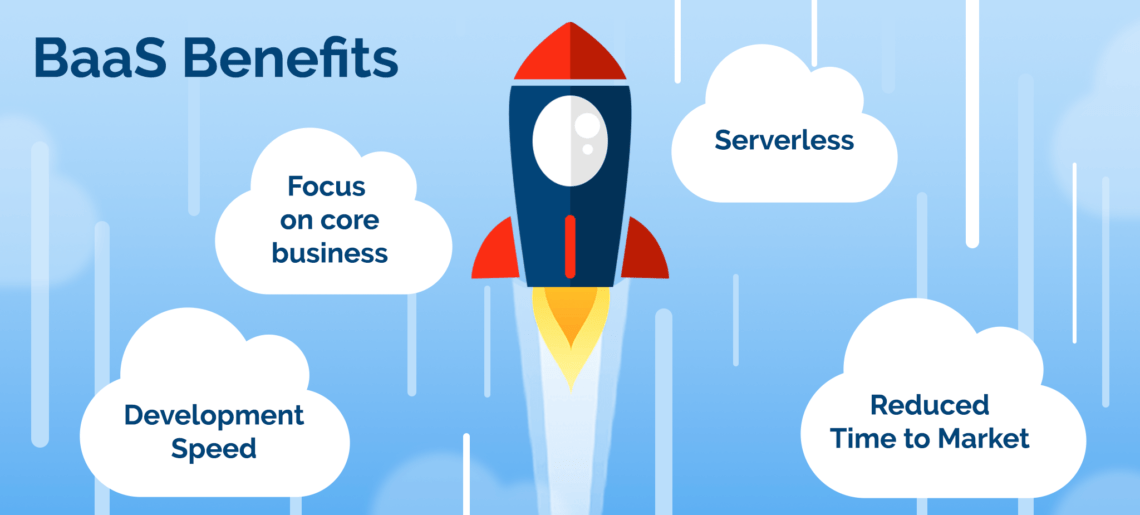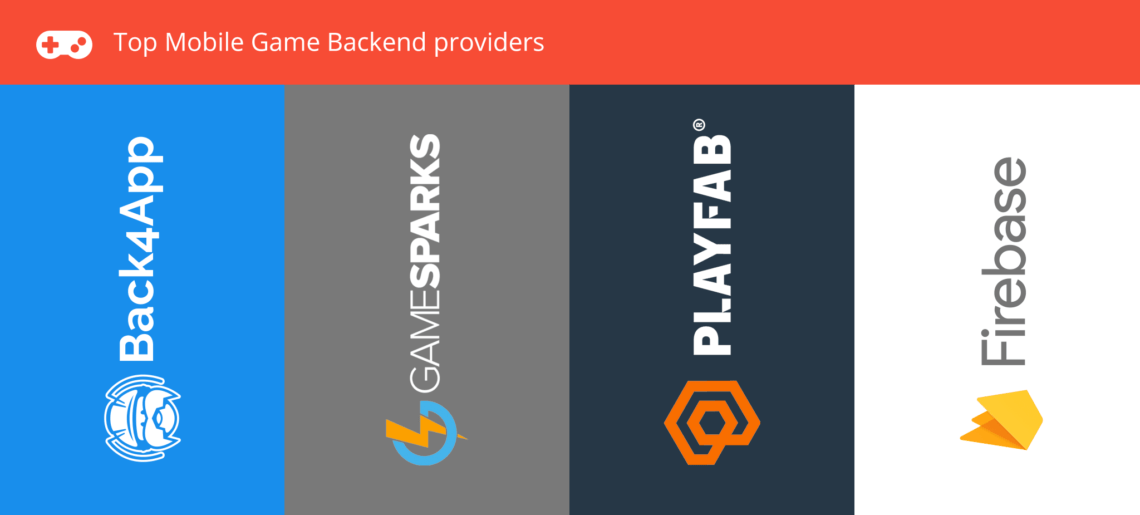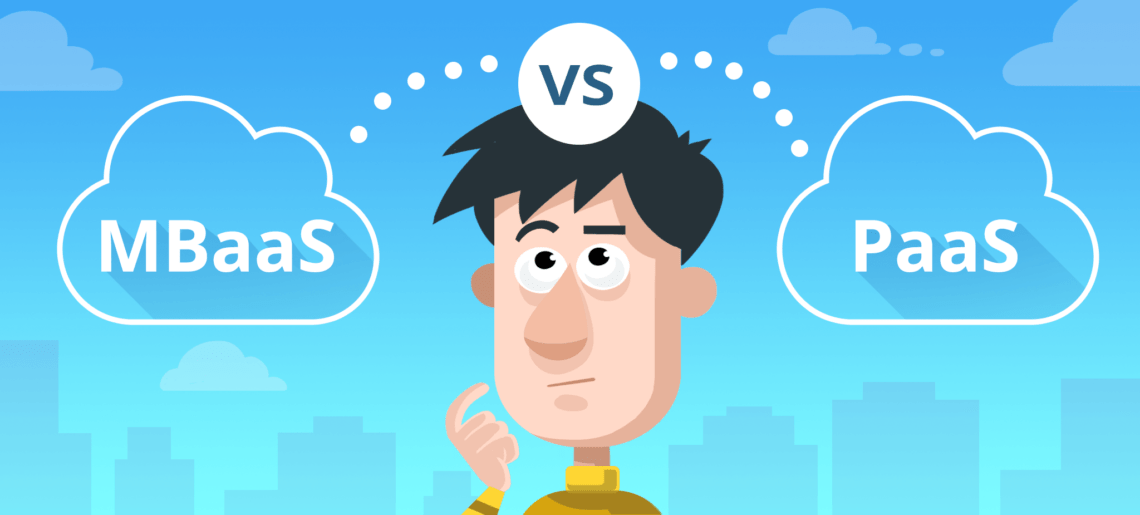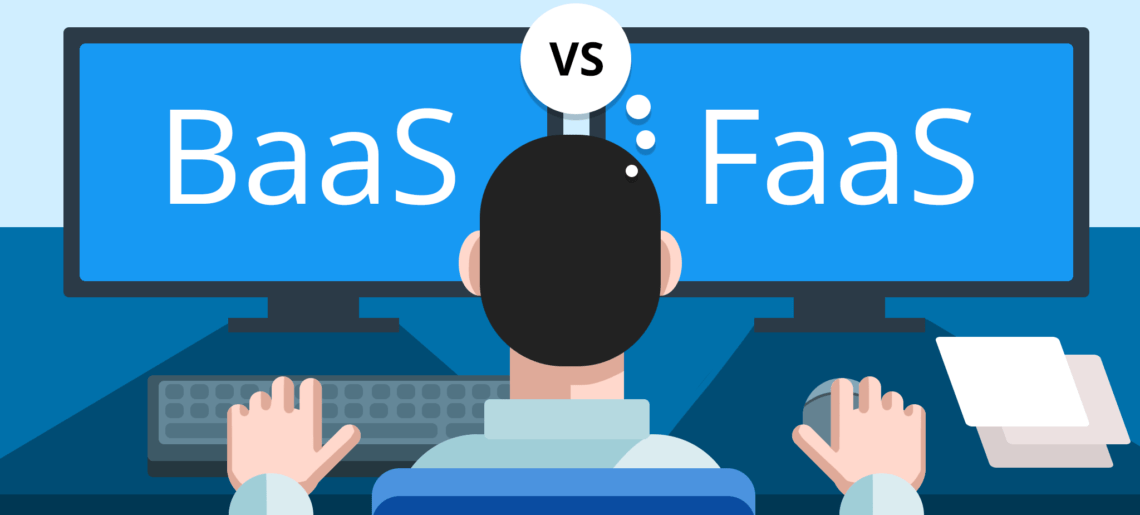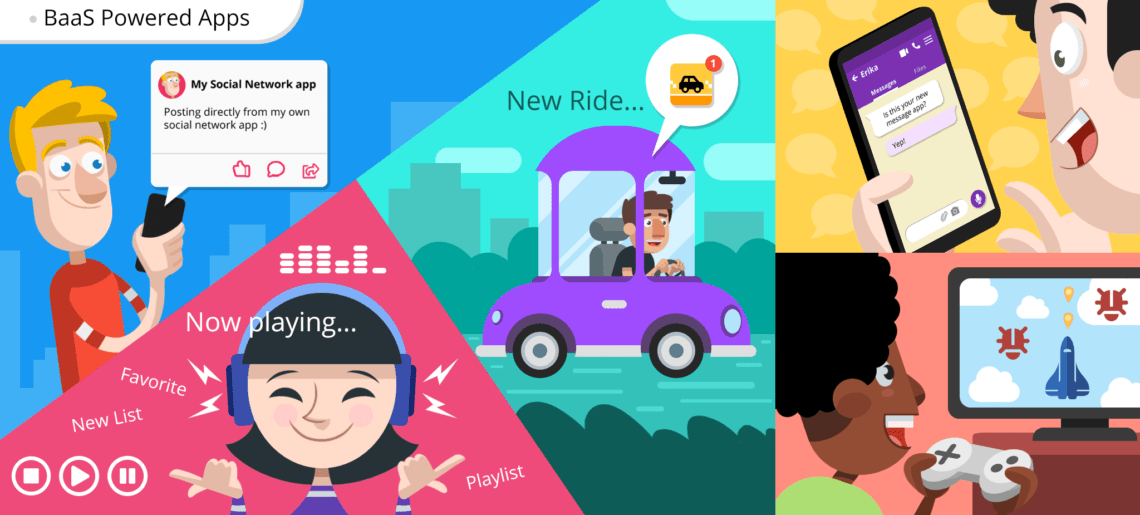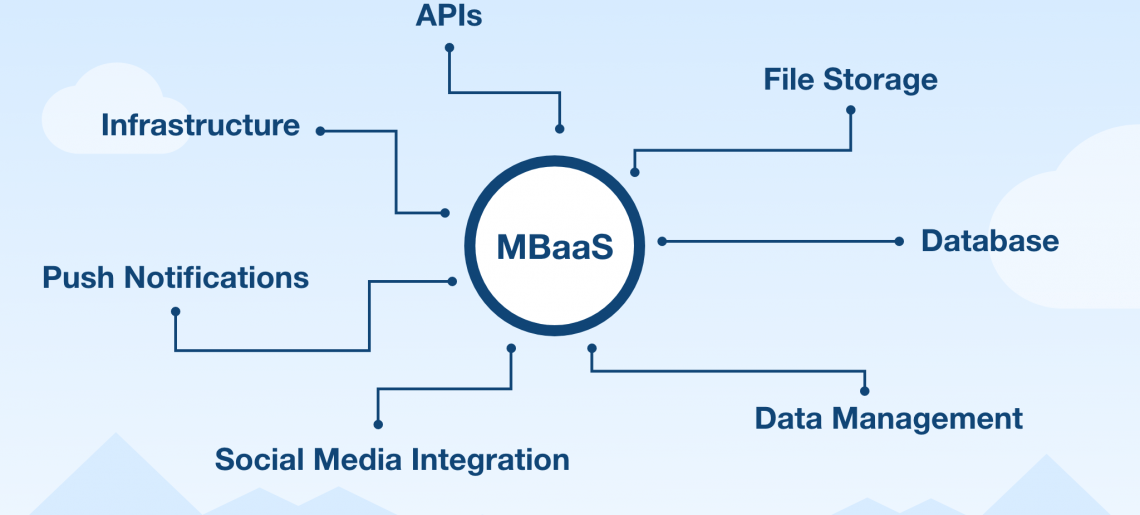MBaaS vs PaaS
Developing an application focuses on writing quality code that translates into fluid and feature-rich offerings for target users. But did you know that there is a need to prioritize the type of cloud functionality your app needs?
A developer needs ample space to store, access, and streamline the information that is being created through user activity. Cloud infrastructure is essential whether you are developing an app for Android, iOS, or HTML5 environments.
The cloud environment you use will dictate how your application will run, fetch required data, and respond to scalability demands. The type of cloud infrastructure you choose for an application directly impacts the performance and accessibility of data.
Two of the most widely preferred infrastructures today are MBaaS and PaaS.
The MBaaS vs PaaS debate has raged on for quite some time, and the infrastructures have the global development community divided in opinion. Each has its own sets of features, enables certain functionalities, and carries a host of benefits. Read on to get a better idea about both MBaaS and PaaS to make your choice simpler.
Read MoreRead More
